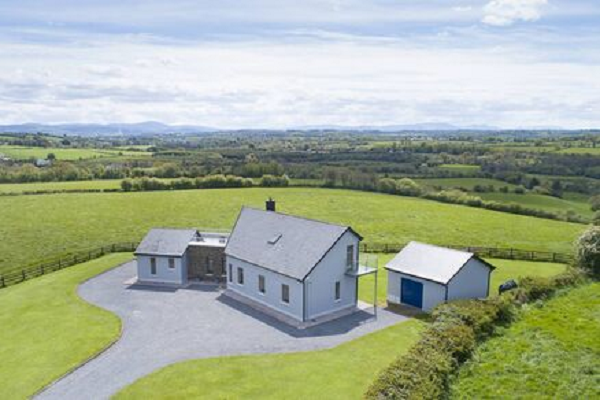Bridging Finance for Non-Standard Property Types: Tips and Advice

While some properties on the market will be regarded as “standard” and eligible for a traditional mortgage, others may be regarded as “non-standard” and require the use of alternate methods of funding. In this blog post, we’ll explore what non-standard property types are and how bridging finance can be used to purchase them.
What are non-standard property types?
A non-standard property type is any type of property that does not fit into the typical mould of what most people consider to be a “standard” property.
This can include things like:
- Unconventional construction methods: Properties that have been built using non-traditional construction methods, such as timber frame, modular, or steel frame construction
- Unique properties: Properties that have unique features or designs, such as converted churches or lighthouses.
- Uninhabitable properties: Properties that require significant repairs or are otherwise unliveable are classified as uninhabitable properties.
- Non-traditional use properties: Properties that are being transformed but are not generally used for residential reasons, such as warehouses or factories.
The problem with non-standard properties is that, depending on their particular characteristics, they might not be eligible for conventional mortgage financing.
What is bridging finance?
Bridging loans are more often than not used to “bridge the gap” when you are purchasing a new home and your current one hasn’t yet been sold. Bridging loans are frequently used for this purpose, and they can also be used while you wait for a more conventional kind of funding, like a mortgage.
Bridging finance for non-standard property types
Bridging finance can offer a flexible source of capital that can be adjusted to match the individual needs of the borrower.
This is one advantage of employing it for non-standard property types. This is essential for non-standard properties because they could have special qualities that call for specialised financing.
Before you make a decision on obtaining bridging financing for non-standard property types, here are some tips and pointers to help you navigate the process:
Work with a specialist lender
It is a good idea to use a specialised lender who has experience financing non-traditional property types. This is crucial when it comes to these types of properties. A specialist lender will be better able to offer specialised financing options since they will have a better awareness of the hazards connected with non-standard properties.
Consider the risks
Non-standard properties come with unique risks that traditional lenders may not be willing to take on. Before pursuing bridging finance for a non-standard property, it’s important to carefully consider the risks and ensure that you have a plan in place to mitigate them.
Be prepared to pay a higher interest rate
Bridging finance typically comes with a higher interest rate than traditional mortgage financing. This is particularly true for non-standard properties, which are considered to be at higher risk. Be prepared to pay a higher interest rate when securing bridging finance for a non-standard property.
Have a plan in place for repayment
When securing bridging finance for a non-standard property, it’s important to have a plan in place for repayment. This could entail selling an existing property, arranging longer-term financing or paying off the loan with the proceeds from the sale of the new property.




 0116 402 7982
0116 402 7982